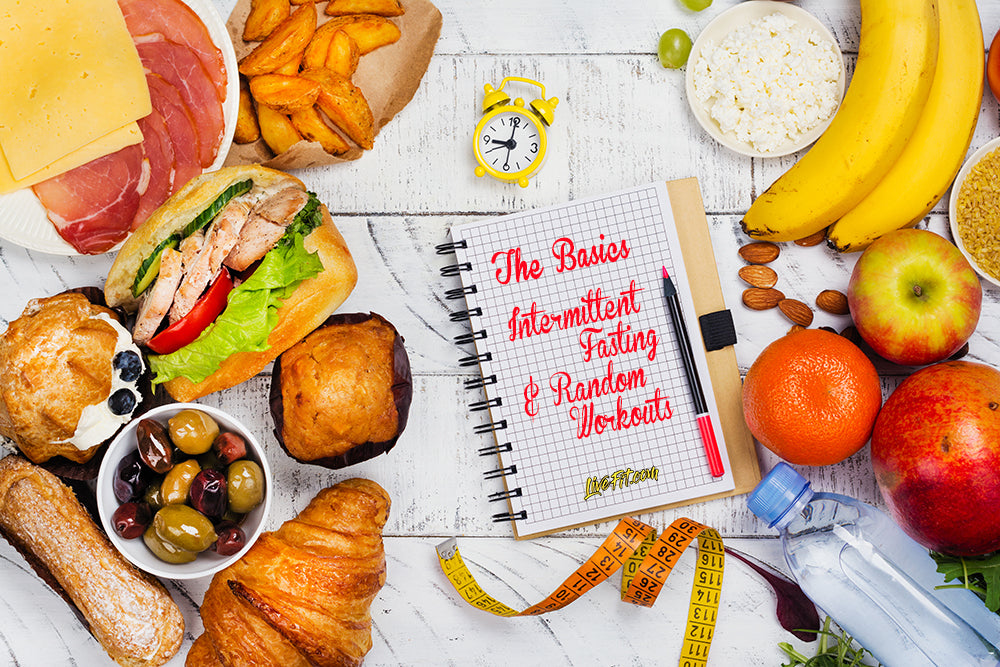To get the best results out of your fitness strategy, you need a routine that's as unique as you are. Your plan should be dynamic and adaptable to your lifestyle, incorporating proven methods without being overly rigid.
Most importantly, you need to have a nutritional plan as well as a workout strategy. There are plenty of "diets" out there, but when it comes to health and weight loss, we find that a planned eating schedule is more effective than traditional dieting.
Intermittent Fasting
Intermittent fasting is just what it sounds like—alternating between periods of fasting and eating. This strategy manipulates your body chemistry so that you burn more fat. When you do it right, you can see some pretty incredible benefits:
- Growth hormone levels increase, which supports muscle-building and fat loss
- Insulin sensitivity increases and insulin levels drop, making it easier for the body to burn stored fat
- Gene expression changes to help you live longer and be healthier
- Fasted cells go into repair mode, getting rid of old proteins that are just taking up space
- Your metabolic rate increases by up to 14%
How Intermittent Fasting Works
Most people do intermittent fasting one of three ways:
- Fast for 16 hours a day and consume the calories you need during the other eight hours. Research shows that you’re likely to lose more weight if you eat earlier in the day, but it’s not a requirement.
- Fast for 24 hours once or twice a week
- Eat normally five days a week. On the other two days, take in no more than 500 to 600 calories.
Most intermittent fasters prefer the 16-8 method because it’s the easiest to maintain, and staying committed is important for getting results. One study showed that in 3 to 24 weeks, intermittent fasters can lose up to 8% of their body weight and as much as 7% of their waist circumferences.
Ready to try it? Download our free Intermittent Fasting Planner Worksheet.
Best Workouts for a Fasting Diet
The workout routine that matches best with intermittent fasting isn’t a routine at all—in fact, it’s just the opposite.
Randomizing Workouts
The human body evolved for long stretches of mild-intensity exercise with short periods of high-intensity effort interspersed. Remember, we were originally hunter-gatherers.
Today, that translates to regular interval work, defined as peaks of high-intensity training during less intense activities. For best results, randomize the exercises you do during these peaks.
You can try this strategy by writing prompts for 7- to 16-minute high-intensity exercises on 52 flashcards. Divide them into two equal sets of indoor and outdoor exercises. Put four in your pocket or nearby every time you work out, then take a card when the time comes for a high-intensity interval.
When do you work out if you're fasting?
The human body responds well to high-intensity exercises while in a fasting state. Assuming that you're feeding your body good, healthy food—lots of produce and lean proteins—exercising before you end your fasting period will help your system. For best results, eat a high-protein meal about 30 minutes after your workout.
With enough discipline and commitment, you can combine intermittent fasting and randomized workouts to great results. If you've done it, brag to us in the comments and tell us how it worked for you.

